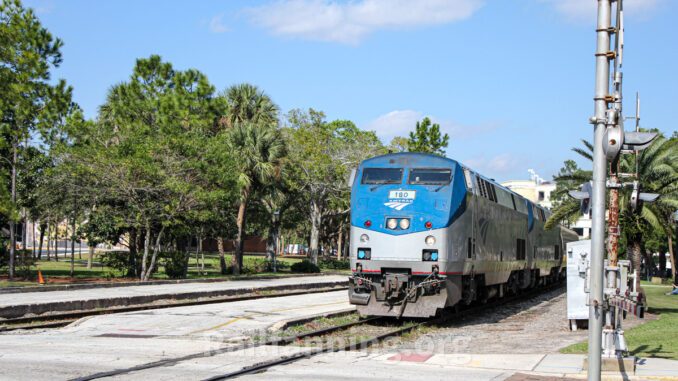
The Federal Railroad Administration (FRA) wrapped up a series of six working group meetings in February to inform and collaborate with stakeholders across the country on FRA’s Amtrak Daily Long-Distance Service Study.
The study, required by the Infrastructure Investment and Jobs Act, also called the Bipartisan Infrastructure Law, will evaluate the restoration of daily passenger rail service along discontinued long-distance routes and current long-distance routes that operate with less than daily service. It could lead to establishing new long-distance routes and bolstering essential intercity passenger rail connections, especially in rural areas.
During these working group meetings, local officials, state DOTs, Amtrak, Class I Railroads, metropolitan planning organizations, regional passenger rail authorities, and other key stakeholders from across the country reviewed the study’s requirements as well as existing and discontinued long-distance passenger rail services. In the coming months, FRA will hold additional working group meetings to keep stakeholders informed about the study’s progress and work toward a common long-term vision for long-distance passenger rail service.
“The Amtrak Daily Long-Distance Service Study is one part of our broader effort to make passenger rail a more reliable travel option as well as an alternative to congested roads. President Biden’s Bipartisan Infrastructure Law not only prioritizes this study, but it also provides the federal government with unprecedented resources to link communities and economies through passenger rail,” FRA Administrator Amit Bose said. “FRA envisions a future where Americans can easily access the passenger services they need, and conducting this study alongside partners who know the transportation needs of their States and localities brings us one step closer to this vision.”
Once complete, the study will include a vision for long-distance passenger rail service, identifying preferred options for restored, enhanced, or new long-distance service as well as a prioritized inventory of capital projects and other actions needed to advance the routes. It will also include estimated costs and public benefits for regions along relevant routes and identify federal and non-federal sources of funding.

